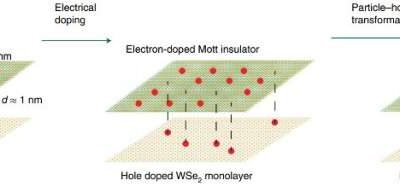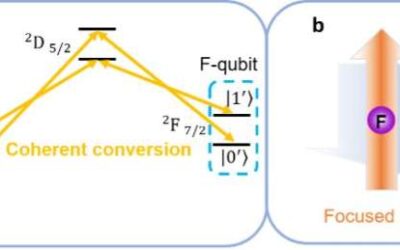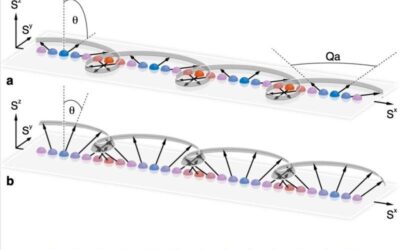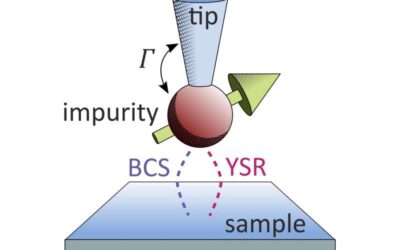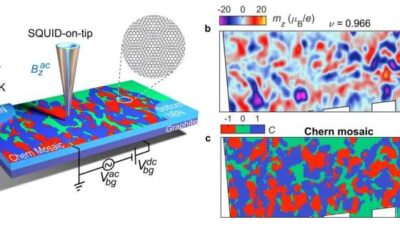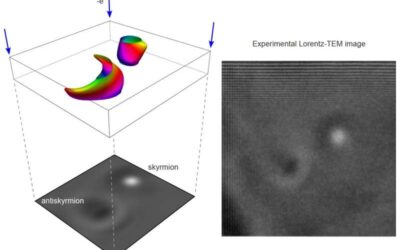Excitons are quasiparticles that are formed in insulators or semiconductors when an electron is promoted to a higher energy band, leaving a positively charged hole behind.
PHYS.ORG
A precise measurement of the neutral weak form factor of Ca-48
The CREX Collaboration, a large group of researchers from different universities worldwide who are involved in the Calcium Radius Experiment (CREX), has recently collected a precise measurement of the broken mirror symmetry in the elastic scattering of longitudinally...
Researchers realize two coherently convertible qubit types using a single ion species
Trapped ion computers are quantum computers in which the qubits (quantum units of information) are ions trapped by electric fields and manipulated with lasers. To avoid crosstalk between nearby qubits, physicists and engineers design these computers using two...
The entanglement of two quantum memory systems 12.5 km apart from each other
Quantum computing technology could have notable advantages over classical computing technology, including a faster speed and the ability to tackle more complex problems. In recent years, some researchers have also been exploring the possible establishment of a...
The experimental observation of long-lived phantom helix states in Heisenberg quantum magnets
Researchers at Massachusetts Institute of Technology (MIT), the MIT-Harvard Center for Ultracold Atoms, Harvard University and Stanford University have recently unveiled the existence of unique helical spin states in Heisenberg quantum magnets. Their observations,...
Evidence of a new type of disordered quantum Wigner Solid
Physicists have been trying to determine the ground states of 2D electron systems at extremely low densities and temperatures for many decades now. The first theoretical predictions for these ground states were put forward by physicists Felix Bloch in 1929 and Eugene...
Researchers measure a signature of superconducting interference at the atomic scale
Superconductors, materials that can conduct electricity with no resistance at low temperatures, have many interesting and advantageous properties. In recent years, physicists and computer scientists have been investigating their potential for different applications,...
An alternative superconducting qubit achieves high performance for quantum computing
Quantum computers, devices that exploit quantum phenomena to perform computations, could eventually help tackle complex computational problems faster and more efficiently than classical computers. These devices are commonly based on basic units of information known as...
The observation of Chern mosaic and Berry-curvature magnetism in magic angle graphene
Researchers at the Weizmann Institute of Science, the Barcelona Institute of Science and Technology and the National Institute for Material Science in Tsukuba (Japan) have recently probed a Chern mosaic topology and Berry-curvature magnetism in magic-angle graphene....
Study shows that skyrmions and antiskyrmions can coexist at different temperatures
Matching particles and antiparticles are small units of matter that have the same mass but opposite electric charges. Typically, these units of matter with opposite electric charge tend to annihilate one another.

